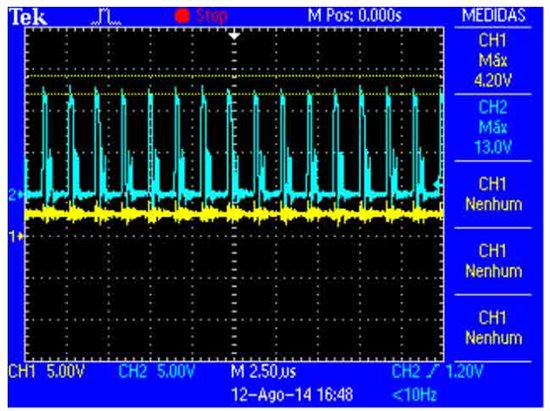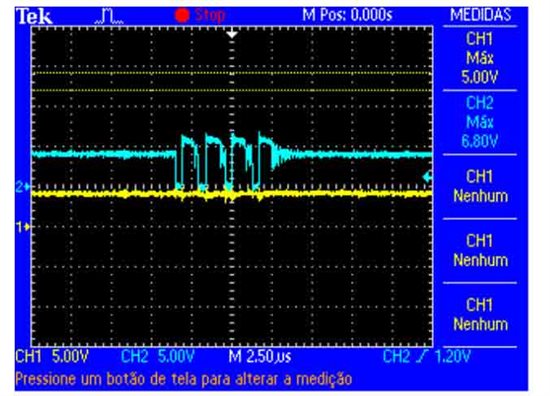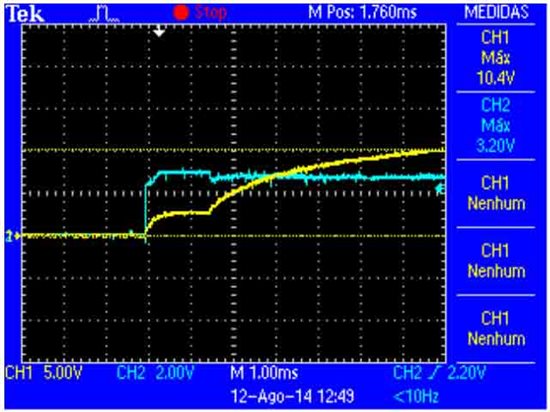I'm working with the LM2621.
My Power Supply is a Li-Po battery with voltage range between 4.2V to 3V
With 4.2V, I can get my 5.5V perfectly. No ripple, no noise, nothing. Just Perfect!
When I power on the device with a voltage less than 3.5V, it sinks about 350mA from the source and the Vout rises to 6.3V and never gets back to 5.5V nor the current drop.
Sometimes when I power down and then power up again shortly, the voltage reaches 5.5V and the current drops. And the problem just disappear.
From this schematic, I've just chenged RF1 to 68K and RF2 to 20K in order to get the 5.5V Vout.
The 3V is a regulated voltage from a TPS731 LDO regulator.
Why I'm having this 350mA on startup?
Please Help.







